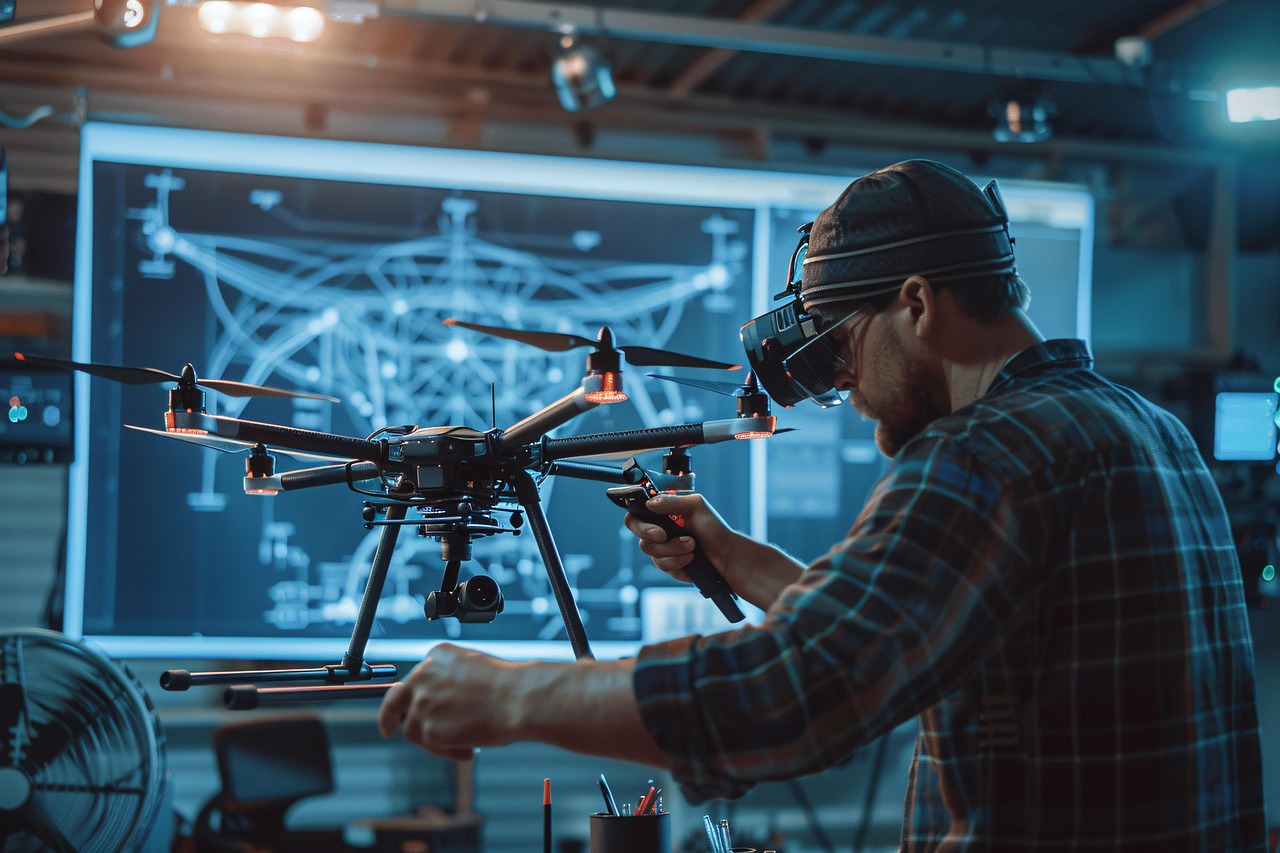Introduction:
- Explain what quantum computing is and how it differs from classical computing.
- The growing interest from tech giants like Google, IBM, and Microsoft.
Main Content:
- How Quantum Computing Works:
- Quantum bits (qubits) vs. classical bits.
- Superposition and entanglement explained simply.
- Potential Applications:
- Drug discovery and healthcare advancements.
- Complex financial modeling and risk assessment.
- AI and machine learning acceleration.
- Challenges in Quantum Computing:
- Hardware limitations and error correction.
- High cost and energy consumption issues.
- Current State of Quantum Computing:
- Companies leading the quantum race.
- Recent breakthroughs and their impact on industries.
- Future Outlook:
- Predictions for mainstream adoption.
- Quantum supremacy and its real-world implications.
Conclusion:
- Quantum computing is still in its early stages, but its potential to revolutionize technology is enormous.
Article 2: 5G Technology: How It’s Transforming Connectivity
- Category: Technology, Internet & Connectivity
- Tags: 5G Networks, IoT, Future Connectivity, Telecom Innovations
Introduction:
- The evolution from 3G and 4G to 5G.
- How 5G is changing communication, business, and daily life.
Main Content:
- What is 5G?
- Faster speeds, lower latency, and increased capacity.
- Differences between 4G and 5G.
- Industries Benefiting from 5G:
- Smart cities and IoT expansion.
- Healthcare (telemedicine, remote surgeries).
- Autonomous vehicles and transportation.
- Challenges and Concerns:
- Infrastructure costs and deployment challenges.
- Privacy and security risks in 5G networks.
- Global Adoption and Competition:
- Leading countries in 5G deployment.
- Tech companies driving 5G innovation.
- The Future of 5G and Beyond:
- The role of 6G and the next wave of connectivity.
- How businesses and individuals can prepare for 5G adoption.
Conclusion:
- 5G is more than just faster internet—it’s a game-changer for global technology.
Article 3: The Role of AI in Cybersecurity: Protecting Businesses in the Digital Age
- Category: Technology, Cybersecurity
- Tags: AI Security, Cyber Threats, Ethical Hacking, Data Protection
Introduction:
- The rise of cyber threats and the need for AI-driven security solutions.
- How AI is transforming cybersecurity strategies.
Main Content:
- AI in Threat Detection:
- AI algorithms for detecting malware and phishing attacks.
- Machine learning models predicting cyber threats.
- Automated Incident Response:
- AI reducing response times for security breaches.
- Real-world applications of AI in cybersecurity.
- Challenges and Ethical Concerns:
- AI-generated cyber threats (deepfakes, AI-driven hacking).
- Ethical hacking and responsible AI security usage.
- Top AI-Powered Cybersecurity Tools:
- Overview of industry leaders like Darktrace, IBM Watson, and CrowdStrike.
- How businesses can integrate AI-driven security.
- The Future of AI in Cybersecurity:
- Advancements in AI for real-time cyber protection.
- The balance between human expertise and AI automation.
Conclusion:
- AI is essential for modern cybersecurity, but human oversight remains critical.
Article 4: The Rise of Edge Computing: What It Means for the Future of Technology
- Category: Technology, Cloud Computing
- Tags: Edge Computing, Cloud Innovation, IoT, Data Processing
Introduction:
- What is edge computing, and why is it important?
- The shift from centralized cloud computing to decentralized processing.
Main Content:
- How Edge Computing Works:
- Processing data closer to the source instead of relying on cloud servers.
- Benefits: Reduced latency, real-time processing, and better security.
- Edge Computing vs. Cloud Computing:
- Key differences and use cases.
- Why some businesses prefer edge computing over cloud-based solutions.
- Industries Leveraging Edge Computing:
- Healthcare: Real-time patient monitoring.
- Retail: Smart checkout and inventory tracking.
- Manufacturing: Predictive maintenance and automation.
- Challenges in Edge Computing:
- Security concerns with distributed networks.
- Infrastructure and hardware limitations.
- The Future of Edge Computing:
- Integration with AI and 5G networks.
- Growth potential in the IoT landscape.
Conclusion:
- Edge computing is shaping the future of real-time technology and decentralized processing.
Article 5: The Future of Augmented Reality (AR) and Virtual Reality (VR) in Everyday Life
- Category: Technology, AR/VR
- Tags: Augmented Reality, Virtual Reality, Metaverse, Future Tech
Introduction:
- How AR and VR are evolving from gaming to real-world applications.
- The role of major tech companies (Meta, Apple, Google, Microsoft) in AR/VR development.
Main Content:
- Differences Between AR and VR:
- AR: Overlaying digital objects in the real world (e.g., Snapchat filters, AR navigation).
- VR: Fully immersive digital environments (e.g., Meta’s VR headsets, gaming).
- Applications in Different Industries:
- Healthcare: Virtual surgeries, AR diagnostics.
- Education: Interactive learning, VR-based training.
- Retail: Virtual try-ons, AR-powered shopping experiences.
- Real Estate: Virtual property tours.
- The Role of AR/VR in the Metaverse:
- The push towards virtual social interactions.
- How companies are investing in metaverse experiences.
- Challenges and Barriers to Mass Adoption:
- Cost and accessibility issues.
- Motion sickness and usability concerns.
- Future Trends in AR and VR:
- AR glasses and wearable technology advancements.
- The impact of 5G and AI on AR/VR experiences.
Conclusion:
- AR and VR are set to redefine digital interactions, with broad applications beyond entertainment.






Leave a Reply